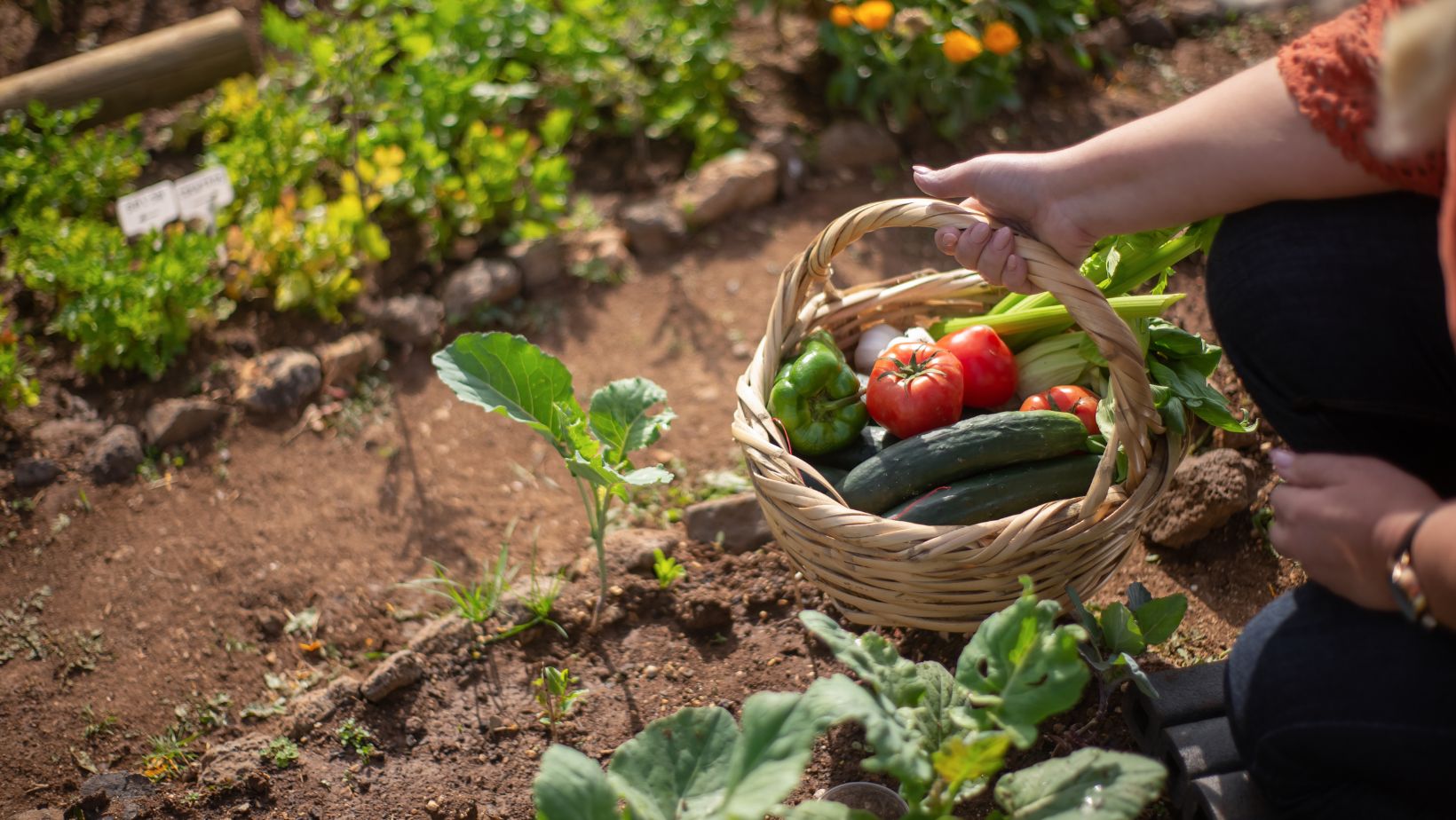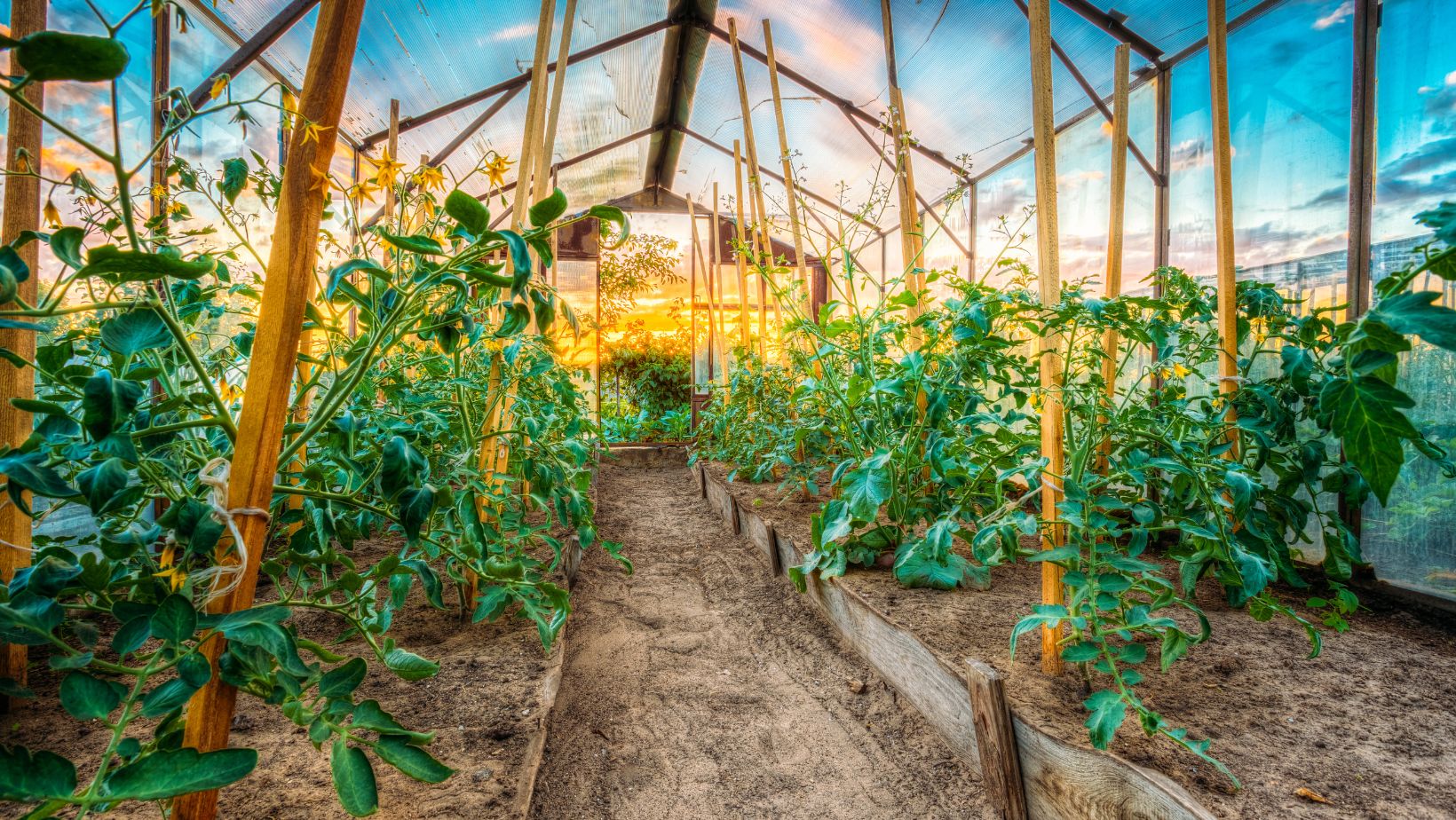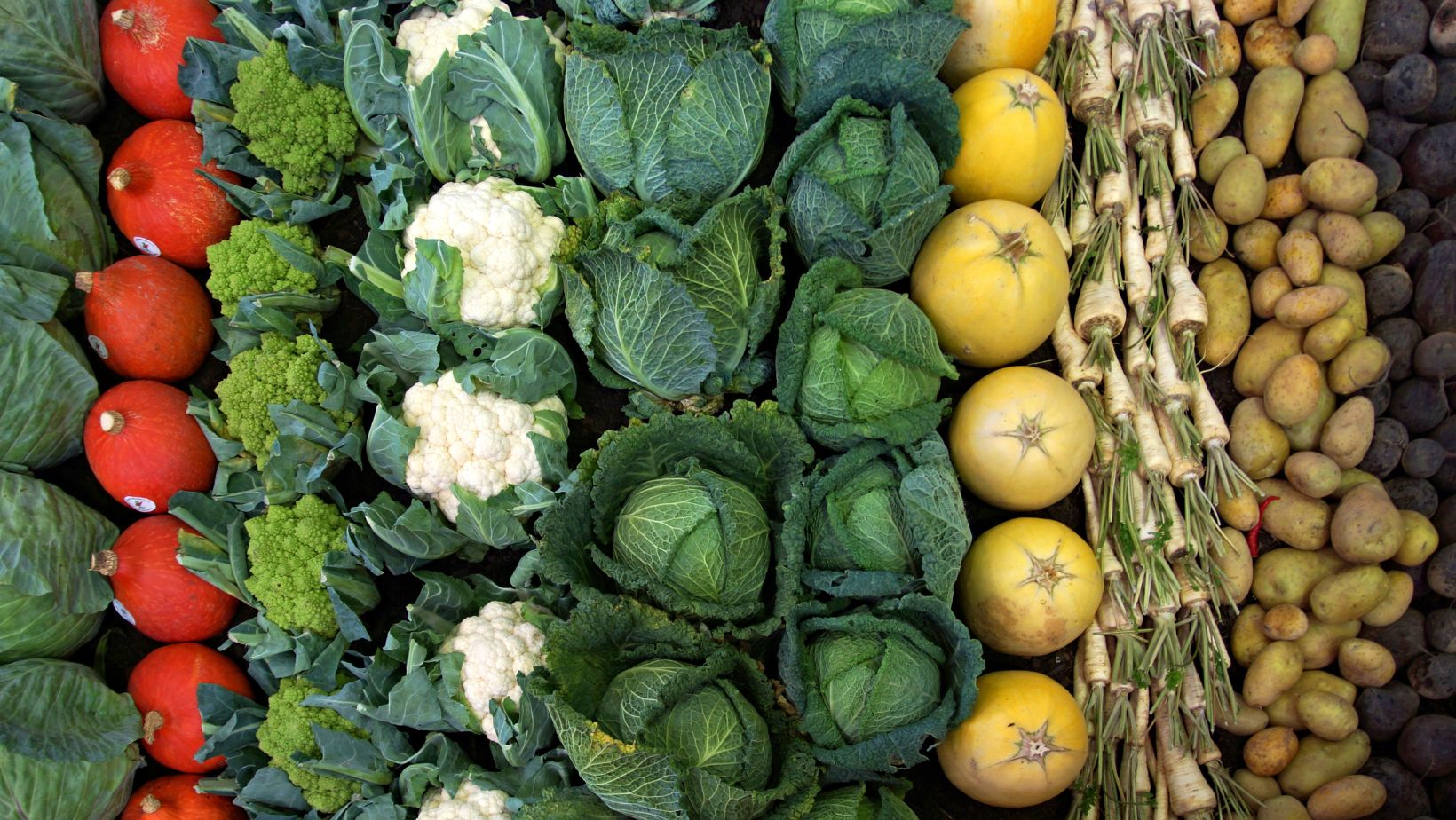
Starting a garden is one of the best ways to become more self-sufficient and healthier. It is a great way to eat the freshest produce possible. But how do you eat out of your garden in the winter? It is the dream of every home gardener to be able to eat homegrown produce all year round.
Overwintering is the answer to extending the growing season so you can still enjoy vegetables from your garden even when it’s cold out. There are several ways to grow food even as the cold sets in. In this article, we will go over several tips to help you extend the growing season.
1 – Cold frames and greenhouses
Cold frames and greenhouses protect plants during the winter, so you can still pick fresh vegetables even when it’s snowing. They keep the inside warm and toasty even when the outside is in single-digit temperatures.
You can grow a lot of food inside a greenhouse if you pick up large greenhouse kits, so you aren’t limited in the quantity of vegetables. To use a greenhouse:
- Transfer your plants inside before the first frost.
- Monitor the temperature regularly, ensuring it doesn’t get too cold or hot.
- Water the plants as needed, but be careful not to overwater, as greenhouses can hold moisture longer.
A cold frame is an enclosed box with a transparent lid, like a small greenhouse. It’s usually placed directly on the ground over plants. The transparent lid lets in sunlight, keeping the inside warm. To use a cold frame, place it over your plants as the weather starts to cool.
2 – Choose the right vegetables
Choosing the right vegetables is key to successful overwintering. Not all vegetables can survive cold weather, so picking ones known for their hardiness in cooler temperatures is important. Even ones that can survive inside a greenhouse may need more hours of sunlight to grow properly. Tomatoes are a good example.
You can grow vegetables in many climates, even without a greenhouse, if you choose wisely. Root vegetables like carrots, beets, and turnips are great choices. They can withstand frost, and their flavor often improves with a bit of cold. Similarly, some leafy greens, such as kale, spinach, and Swiss chard, are also well-suited for colder weather.
3 – Get the timing right
You can begin overwintering preparations in late autumn in regions with mild winters, such as in hardiness zones 8 to 10. This allows you to extend the growing season and enjoy fresh vegetables throughout the winter. Start by planting suitable vegetables and setting up any needed protection, like cold frames, as the weather cools.
Begin preparations in late summer or early autumn for areas with moderate winters in hardiness zones 6 through 7. This involves selecting and planting hardy vegetables, applying mulch for insulation, and installing protective structures if needed.







